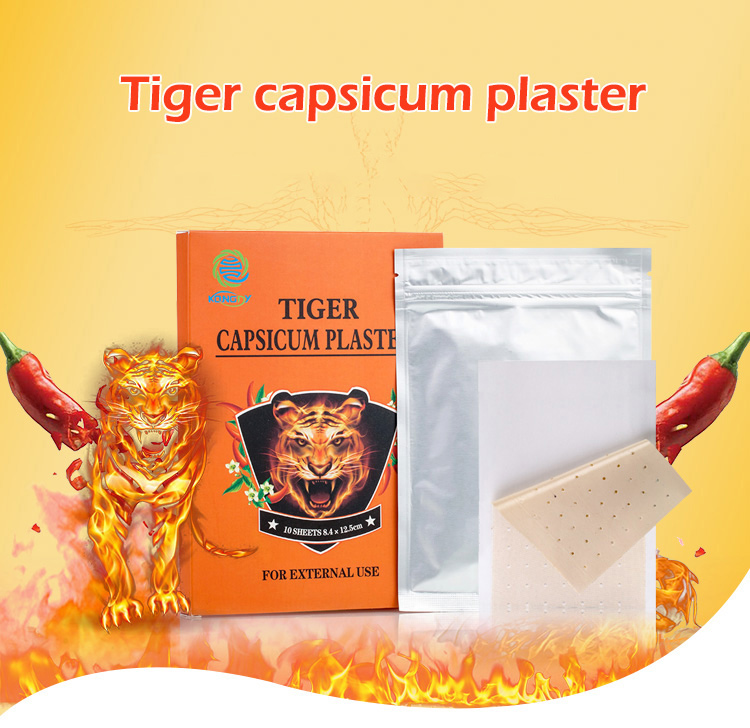Author:Kangdi 28-06-2024
Capsicum plasters have gained significant popularity in recent years as a natural pain relief solution. While many users appreciate the warming sensation these patches provide, there's much more to their effectiveness than just the heat. Let's delve into the fascinating science that makes capsicum plasters a powerful tool in pain management.
At the heart of capsicum plaster's efficacy is capsaicin, the active compound found in chili peppers. This remarkable substance interacts with our body's nervous system in unique ways, providing pain relief through multiple mechanisms.
Firstly, capsaicin acts on a specific protein in our nerve cells called TRPV1 (Transient Receptor Potential Vanilloid 1). This protein is responsible for detecting and regulating body temperature and also plays a role in pain sensation. When capsaicin binds to TRPV1, it initially causes a warming sensation, which is why we feel heat when we apply the plaster.
However, the real magic happens next. With continued exposure to capsaicin, the TRPV1 receptors become desensitized. This desensitization leads to a reduction in pain signals sent to the brain from the affected area. Essentially, capsaicin "tricks" the nerves into reducing their pain response, providing relief that goes beyond the initial warming sensation.
Moreover, capsaicin has been shown to deplete a neurotransmitter called Substance P, which is involved in pain signaling. By reducing Substance P levels, capsaicin further diminishes the pain messages sent to the brain, contributing to its analgesic effect.
Another interesting aspect of capsicum plasters is their ability to increase local blood flow. The warming effect of capsaicin causes blood vessels to dilate, improving circulation in the applied area. This increased blood flow can help reduce inflammation and promote healing by delivering more oxygen and nutrients to the affected tissues.
Research has also indicated that capsaicin may have long-term benefits for chronic pain conditions. Regular use of capsicum plasters has been associated with a reduction in nerve fiber density in the skin, which can lead to prolonged pain relief even after discontinuing use. This suggests that capsicum plasters may offer more than just temporary relief for some individuals.
The delivery method of capsicum plasters plays a crucial role in their effectiveness. Unlike creams or gels that can be easily wiped off or absorbed unevenly, plasters provide a controlled, sustained release of capsaicin. This ensures a consistent dose over an extended period, maximizing the compound's pain-relieving properties.
Furthermore, the transdermal delivery system of capsicum plasters allows the active ingredients to bypass the digestive system. This not only increases bioavailability but also reduces the risk of gastrointestinal side effects often associated with oral pain medications.
It's worth noting that while capsicum plasters are generally safe, their effectiveness can vary among individuals. Factors such as skin sensitivity, pain intensity, and the underlying cause of pain can all influence the results. Some users may experience immediate relief, while others might require consistent application over time to see significant benefits.
In conclusion, the science behind capsicum plasters reveals a sophisticated pain management tool that goes far beyond simply creating a warming sensation. By leveraging capsaicin's unique interactions with our nervous system, these plasters offer a natural, targeted approach to pain relief. As research continues to uncover more about capsaicin's potential, we may see even more innovative applications of this powerful compound in the future of pain management.
 0086 19937104978
0086 19937104978





